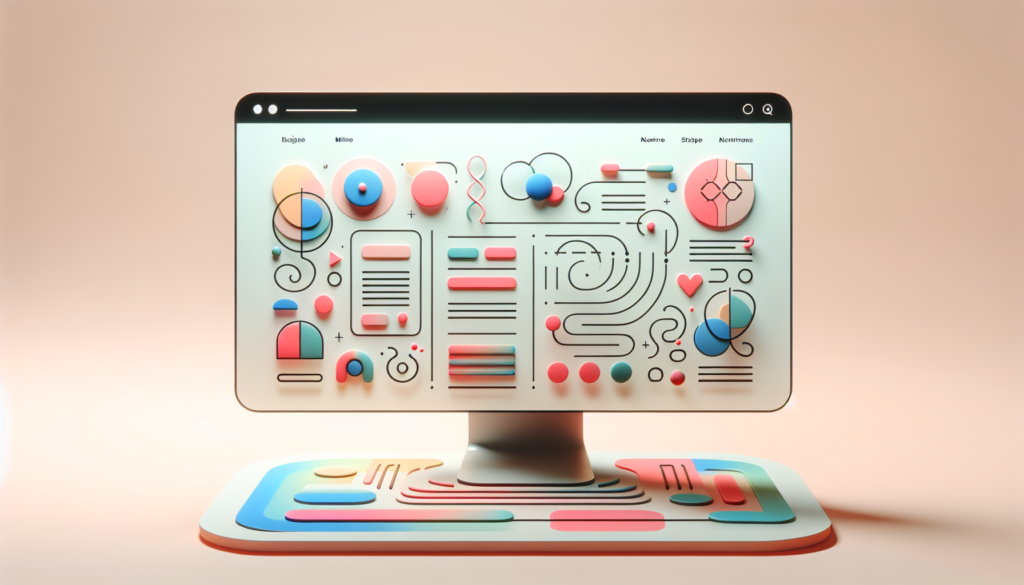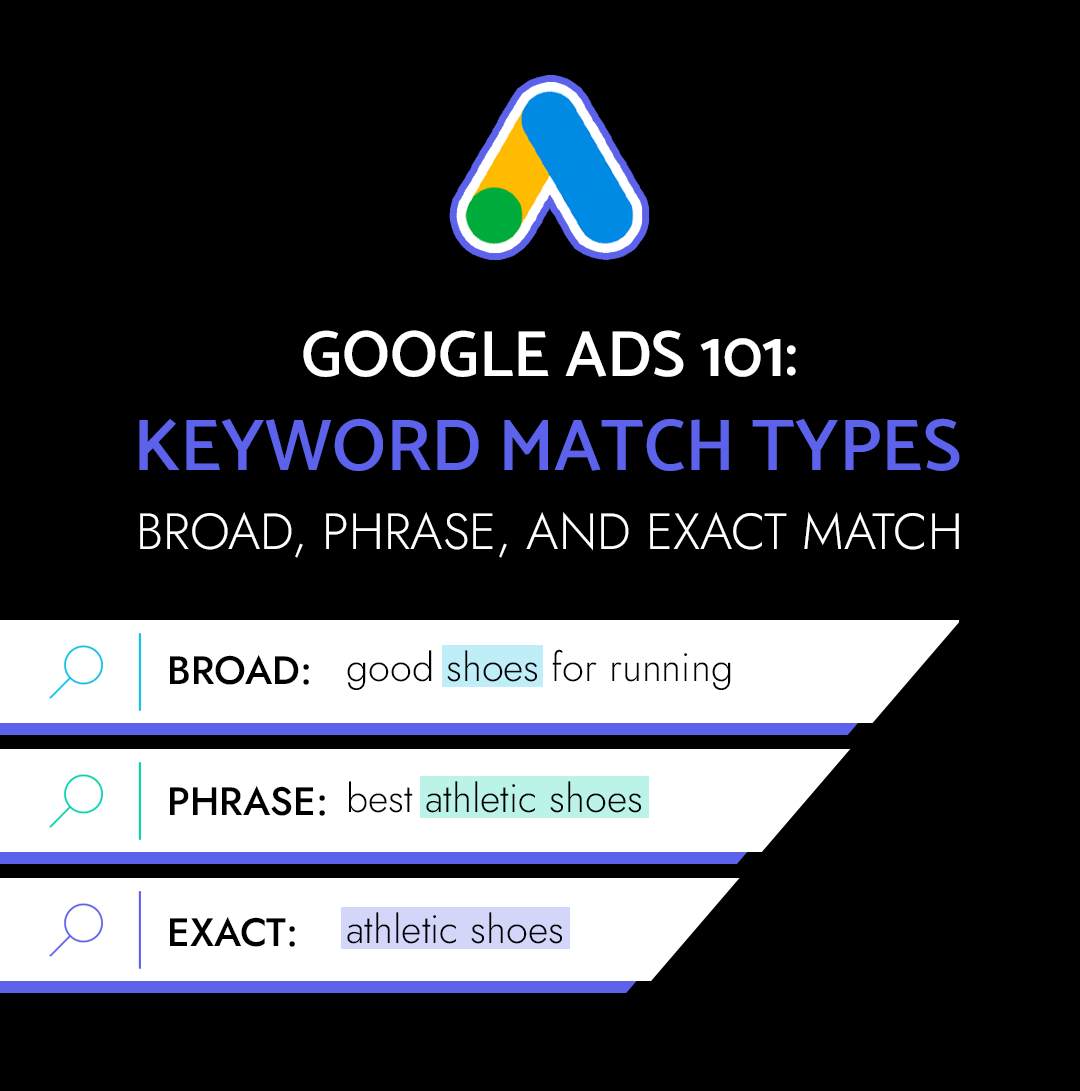Looking to enhance your website’s user experience and design appeal? These website design best practices are the foundation you need. We’ll guide you through essential strategies to achieve a user-centric, visually pleasing, and high-performing online presence. From understanding user behavior to selecting the right visual elements, we’ve got the insights that will elevate your website and keep your visitors coming back. Start implementing these best practices today for a noticeable difference on your site.
Key Takeaways
- A user-centric approach in website design that focuses on intuitive navigation and engagement can significantly enhance the user experience.
- In web design, clarity, simplicity, and consistency are essential in guiding users and establishing a trusted and recognizable brand identity.
- Optimizing website functionality, including loading speed, navigation, and SEO integration, is crucial for maintaining user satisfaction and achieving higher search rankings.
Understanding User Behavior
Ever wondered why some websites seem more intuitive and engaging than others? The answer lies in comprehending user behavior. Both website visitors and site visitors, like customers in a physical store, exhibit unique habits and preferences. Analyzing these patterns enables web designers to craft interfaces that are instinctive and natural, fostering a smooth and captivating user experience. Essentially, a well-crafted website acts as a virtual guide, adeptly leading visitors towards their objectives.
This user-centric approach is akin to Krug’s first law of usability: “A web-page should be obvious and self-explanatory”. When users find promising candidates on a webpage, they are inclined to click on them, thereby guiding the design of content layouts and clickable elements. Moreover, tailoring the writing style on websites to match users’ browsing habits enhances content engagement. Hence, understanding user behavior is a critical first step in the web design journey, paving the way for a more intuitive, accessible, and engaging online presence.
Analyzing Site Analytics
But, how do we unlock insights into user behavior? Site analytics, a robust tool that monitors user actions, engagement, and preferences comes into play. Dissecting web analytics data into acquisition, behavior, and conversions provides insights into visitor origins, on-site activities, and conversion effectiveness. This data-centric strategy enables designers to identify potential enhancements in user experience and optimize conversion rates.
Regular monitoring of website traffic and performance through monthly content analytics reviews offers a comprehensive understanding of user behavior. In essence, site analytics serves as the compass in our web design journey, guiding us towards an interface that resonates with our audience and achieves our business objectives. Armed with this understanding, we can now delve deeper into the principles of effective web design.
Principles of Effective Web Design
Web design extends beyond mere aesthetics; it’s a harmonious amalgamation of form and function, a delicate equilibrium of elements that cohere to form an engaging user interface. Fundamentally, effective web design adheres to certain principles that augment visual quality and guarantee a balanced design.
Let’s examine these principles in greater depth, beginning with clarity and simplicity.
Clarity and Simplicity
Like an overcrowded room causing discomfort, a chaotic website can repel users and augment bounce rates. Therefore, clarity and simplicity ought to be the primary objectives in site design. A website design that’s clear and straightforward enables users to concentrate on their goals, undistracted by extraneous elements. In other words, it’s about removing the excess to make room for what truly matters.
This concept extends beyond visual elements to the user interface design as well. When visiting a website for the first time, users should be able to understand its purpose and navigation with ease. After all, a user-friendly website is not about showing off fancy design skills, but about creating an intuitive, accessible, and enjoyable browsing experience. So, while clarity and simplicity set the stage, consistency and familiarity bring the performance to life.
Consistency and Familiarity
Visualize a world where each book flaunts a different layout or every car boasts unique controls. Confounding, isn’t it? That’s precisely why consistency and familiarity carry paramount significance in web design. Consistency in design patterns across web pages contributes to a unified brand image and increases user trust and credibility. Familiar design elements, on the other hand, help users interact with a website intuitively, reducing the learning curve.
Internal consistency is equally important, requiring that new content added to the website adheres to the established design patterns, maintaining a cohesive experience throughout the site. It’s about creating a sense of comfort and predictability that keeps users coming back. However, while consistency and familiarity streamline user interaction, it’s accessibility and responsiveness that ensure a seamless browsing experience for all users.
Accessibility and Responsiveness
In the current digital era, websites function as virtual public arenas and, akin to physical spaces, ought to be accessible to all. With an estimated 16% of the world’s population having some form of disability, web accessibility is more critical than ever. By adhering to standards such as the Web Content Accessibility Guidelines (WCAG), we ensure that all users, including those with disabilities, can interact with web content.
In addition to accessibility, responsiveness is a key component of modern web design. With a myriad of devices and screen sizes, a responsive website design ensures an optimal viewing experience for every user. Thus, combining accessibility and responsiveness, we create a web design that is not just visually appealing, but also inclusive and user-friendly.
Having established these principles, let’s now delve into the website design ideas and visual design elements that bring our website to life.
Visual Design Elements
Visual design elements constitute the foundational blocks of a website, encompassing colors, typography, and imagery that collectively craft an enticing and visually striking online presence. Like an artist using a palette to paint a masterpiece, web designers strategically employ these elements to create a digital canvas that resonates with the audience and reinforces the brand identity, often utilizing a website builder to streamline the process.
Let’s delve into these elements more intricately, commencing with color schemes.
Color Schemes
Color is more than a visual delight; it’s a powerful communication tool that can guide users through a site and reinforce a brand’s identity. A well-chosen color scheme can capture user attention and guide them through the site, enabling them to find information swiftly. In fact, a study by the University of Loyola found that color can increase brand recognition by up to 80%, underscoring the significance of color in branding.
However, a successful color scheme isn’t just about aesthetics; it requires a thorough understanding of color theory and careful selection of harmonious color combinations. By limiting the color palette and aligning the choice of colors with the brand’s values and target audience, we can create a visually cohesive design that resonates with users and strengthens brand recognition.
After color, the next visual element that shapes our web design is typography.
Typography

Just as the tone of voice is vital in verbal communication, typography plays a pivotal role in web design. It affects readability, aesthetics, and even the mood of the website. Proper typography selection ensures comfortable reading and contributes to an engaging user experience.
However, effective typography involves more than just choosing a stylish font. It requires a careful balance of typefaces, sizes, and spacing to ensure visual harmony and readability. Furthermore, it’s essential to test typography across different devices to ensure an optimal reading experience for all users.
With the right color scheme and typography, our web design is shaping up nicely. But there’s one more visual element to consider – imagery and multimedia.
Imagery and Multimedia

Images speak a thousand words, and in web design, they speak volumes. Relevant, high-quality imagery and multimedia elements can keep users engaged, provide context, and contribute to a memorable website experience. They serve as visual aids that complement the textual content, adding depth and dimension to the website.
However, it’s not just about adding any image or video. Authenticity, relevance, and quality are key. Using original images and visual aids can convey authenticity and professionalism, potentially leading to more shares and improved engagement. As we blend these visual design elements together, let’s not forget the functional components that make our website not just aesthetically pleasing but also user-friendly and efficient.
Functional Components of Website Design
While visual design elements shape the aesthetic allure of a website, functional components act as the cogs and wheels propelling its smooth operation. They include intuitive navigation, fast loading speed, and SEO integration, all of which enhance overall website performance and user satisfaction.
Let’s scrutinize these components, beginning with navigation.
Navigation
Website navigation is like a roadmap guiding users through a site. It’s a crucial component of web design that can make or break the user experience. Clear, intuitive navigation allows users to find information quickly and easily, reducing frustration and increasing satisfaction.
Various navigation elements such as hamburger menus, mega menus, and breadcrumb navigation can enhance navigational ease. The key is to maintain consistency, clarity, and simplicity, ensuring that users can navigate the website with ease. As we enhance navigation, let’s not forget the importance of speed – the next functional component of our website.
Loading Speed
In an age of rapid digital consumption, speed is of the essence. Long loading times can deter users, increase bounce rates, and negatively impact SEO rankings. Hence, optimizing for speed is a critical aspect of functional web design.
There are several strategies to improve loading speed, such as optimizing images, minifying code, and reducing plugins. Regular performance testing and proactive website monitoring can help identify issues and enhance site speed. Yet, even with optimal speed and navigation, our website isn’t complete without the final functional component – SEO integration.
SEO Integration
Search Engine Optimization (SEO) is the secret sauce that makes a website visible to search engines and, consequently, to potential users. Integrating SEO from the beginning of web design ensures improved search rankings, increased visibility, and a more enriched user experience. SEO integration involves a range of technical elements like metadata, sitemaps, and structured data markup, all of which enhance a site’s visibility in search results.
Regular SEO monitoring and audits are crucial for maintaining a website’s visibility and optimizing performance. Now, with our website’s functional components in place, let’s shift our focus to the content that fills it.
Content Strategy and Organization
Content forms the crux of any website, being the magnet drawing users and retaining them. An adroitly crafted content strategy aligns with user expectations and fulfills business goals by deftly organizing and presenting engaging content.
Let’s dig deeper into crafting and structuring content effectively.
Creating Engaging Content
Engaging content is a game-changer in the digital landscape. It’s the secret ingredient that captivates users, drives engagement, and encourages sharing. However, creating engaging content requires a deep understanding of the audience and a consistent brand voice.
A compelling headline, a smooth transition to body content, and effective keyword use can inspire trust and encourage sharing. Moreover, a story that aligns with the company’s values can humanize the brand and leverage originality, especially in long-form content. As we create engaging content, let’s not forget the importance of organizing it effectively.
Organizing Content Effectively
Just as a well-organized closet makes it easy to find what you’re looking for, effective content organization helps users quickly understand the significance of different elements and navigate the website with ease. It’s about creating a consistent visual hierarchy that guides users through the website, directing their attention to the most important features first.
This not only enhances the user experience but also boosts SEO by enabling search engines to understand the structure of the website. Hence, effective content organization is a win-win, benefiting both users and search engines. As we master content, let’s now adapt our website to the mobile revolution.
Mobile-Friendly Design

Considering that over 55% of all web traffic originates from mobile devices, a mobile-friendly website isn’t merely an option; it’s an imperative. Mobile-friendly design ensures that websites are easy to read and navigate on smaller screens, fostering trust and potentially increasing the time spent on the site.
Moreover, Google now uses mobile-friendliness as a ranking factor, meaning responsive design can improve search engine rankings. Thus, a mobile-friendly design is not just about user experience; it can also give your website a competitive edge in search engine rankings.
After ensuring our website is mobile-friendly, the next step in our journey is testing and iteration.
Testing and Iteration
Analogous to a chef sampling a dish before serving, testing and iteration constitute critical phases in the web design process. Regular testing and iterative design cycles enable continuous improvement of website design and functionality, ensuring a consistent and positive user experience while addressing potential issues before they escalate.
Usability testing, performance testing across different devices, and regular feedback cycles are key components of this process. It’s about constantly refining our website, keeping it fresh, user-friendly, and up-to-date. Yet, even with a beautifully designed, functional, and tested website, our journey doesn’t end here.
Regular maintenance and updates are the final pieces of our web design puzzle, ensuring seamless integration with website builders.
Website Maintenance and Updates
Akin to a car requiring regular upkeep for smooth operation, a website necessitates consistent maintenance. Website maintenance ensures the site achieves its purpose effectively by:
- Keeping it updated
- Running optimally
- Leading to a positive user experience
- Improving SEO rankings
Routine tasks like updating content, deleting unused plugins, and performing security scans are essential for maintaining a healthy website. Professional assistance can be beneficial due to the technical nature of these tasks, and automation can streamline updates and monitoring, helping to keep maintenance costs efficient.
Now that we’ve covered all aspects of effective web design, let’s draw inspiration from some of the best in the web design industry.
Design Inspiration and Resources
Inspiration acts as the catalyst for creativity. Within the sphere of web design, inspiration can be drawn from diverse sources, ranging from nature’s aesthetically pleasing color schemes to the dynamic designs of other websites. Online platforms like Dribbble and Designer News serve as vibrant communities where designers can explore and share creative work, offering a wealth of design inspiration and resources.
Exploring award-winning websites can also provide a fresh perspective and innovative ideas for your own web design project. Moreover, resources like Pttrns and downloadable website templates offer design inspiration and professional advice, aiding the creative journey of web designers when working on a particular website.
Drawing inspiration, let’s pause to reflect on our journey and the key insights gleaned from our exploration of effective web design.
Frequently Asked Questions
What are the 7 steps to effective web design?
Follow these 7 steps for effective web design: 1. Identify your goal. 2. Determine the scope of your project. 3. Design your website. 4. Create content. 5. Visualize the content. 6. Develop the website. 7. Launch the website.
What is the number 1 rule of web design and development?
The number 1 rule of web design and development is to ensure that your home page sets the stage for all other pages by incorporating fonts, colors, and design elements consistently. It serves as the foundation for all that follows. Strive to create a cohesive and inviting experience for your website visitors.
What does a web designer do?
Web designers create and build websites by combining visual design elements like text, photos, graphics, animations, and videos, and they are responsible for the layout and design of a website. They make websites look good and ensure their usability without focusing on coding.
Why is understanding user behavior important in web design?
Understanding user behavior is important in web design because it allows designers to create intuitive and user-friendly interfaces that enhance user experience and engagement. This ultimately leads to higher satisfaction and better outcomes for the website users.
How does SEO integration benefit web design?
By integrating SEO into web design, you can boost search rankings, enhance visibility, and improve the overall user experience. This can ultimately lead to increased traffic and engagement on your website.
Summary
We’ve journeyed through the fascinating realm of web design, uncovering the intricacies of user behavior, the principles of effective web design, the power of visual elements, and the importance of functional components. We’ve delved into the art of crafting engaging content and the necessity of mobile-friendly design. We’ve recognized the significance of regular testing, iteration, maintenance, and updates, and discovered a wealth of inspiration and resources. But ultimately, we’ve seen that effective web design is a harmonious blend of aesthetics, functionality, and user experience. It’s about creating a digital space that resonates with users, reinforces brand identity, and drives business growth. So, are you ready to elevate your online presence?






